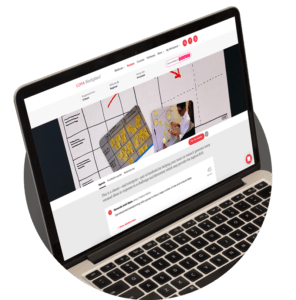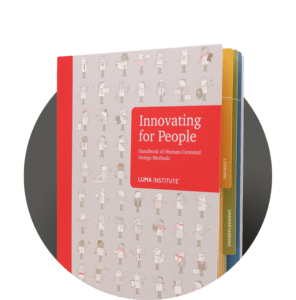Method overview
Members of the Boy Scouts of America are taught to be thorough, methodical, and analytical about each situation they encounter. In turn, scouts are routinely encouraged to identify one positive experience (Rose), one negative experience (Thorn), and one new goal or insight (Bud). Adapted for use as a design method, this structure provides an opportunity to analyze a set of data or help scope a problem by revealing focus areas, allowing you to plan next steps.
This is a simple and versatile method to employ. You can frame your ensuing activities by documenting observations or opinions on sticky notes as positive, negative, or having potential. Alternatively, you can code various items that are represented on posters or diagrams by tagging them with sticky notes as Roses, Thorns, or Buds. In all cases, the use of different colors for each note helps you see and consider emergent patterns later on.
The benefits of this method
- Helps you codify research data.
- Invites input from all team members.
- Facilitates productive discussion.
- Helps you identify issues and insights.

Quick guide
- Identify a topic for consideration.
- Assemble a diverse group of stakeholders.
- Give each participant a pen and 3 sticky note pads.
- Explain the topic and the color key.
- Rose = Pink (indicates things that are positive).
- Thorn = Blue (indicates things that are negative).
- Bud = Green (indicates things that have potential).
- Instruct each person to generate many data points.
- Include one issue, insight, or idea per sticky note.
Helpful hints
- Tell participants to write multiple items per color.
- Resist the temptation to describe solutions here.
- Limit the time frame and the amount of discussion.
Combining LUMA methods into design recipes
The methods in the LUMA System are great on their own, but they are really powerful when combined into design recipes. Just like when you combine ingredients to make a tasty meal, you can also combine design methods to address challenges such as improving workplace culture or uncovering customer insights.
An example of a recipe from LUMA Workplace®:


Want to learn more about LUMA methods?


